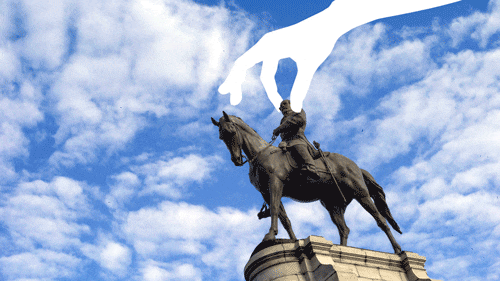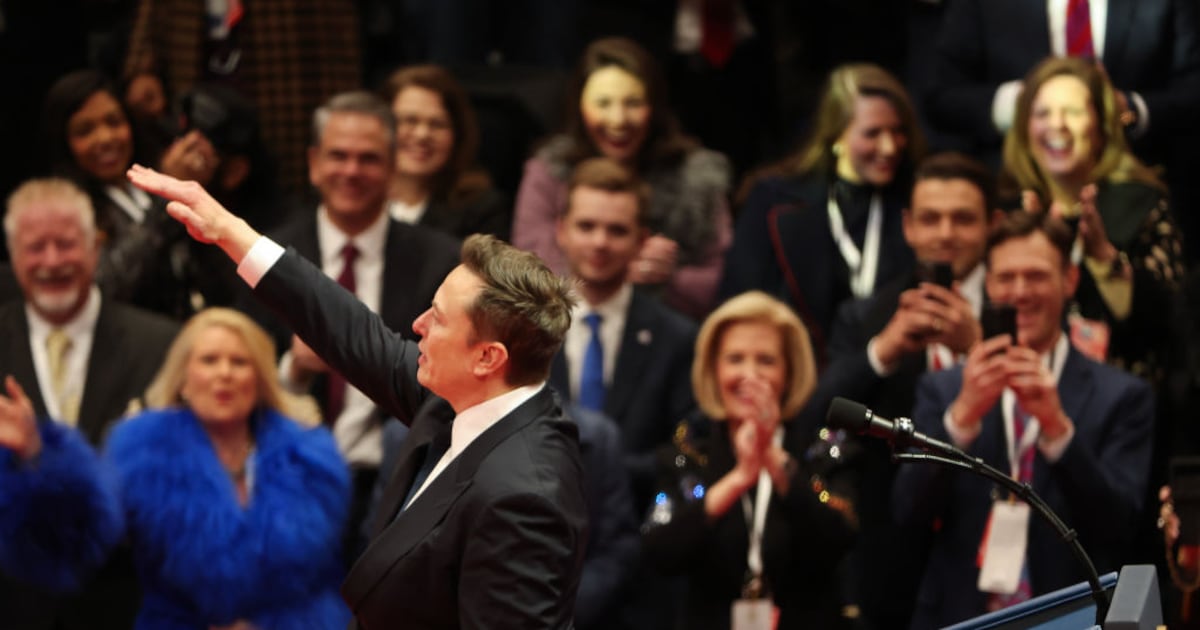I first came to the Commonwealth of Virginia in my early twenties, to attend Washington & Lee University Law School in Lexington. Except for a brief stint in the 1990s living and working in New Jersey for then-Gov. Christine Todd Whitman, I’ve lived here ever since.
I’ve seen a lot of change. Over the past 25 years or so, I have watched Virginia transform from a very conservative red state, run by conservative Southern white men, to a bright blue state now run by moderate and progressive men and women. I have watched African American women assume powerful leadership positions, like Virginia’s first female majority leader, Charniele Herring. Virginia also has a female speaker of the House, Eileen Filler-Corn, who is a Jewish American.
But I still wasn’t sure I’d ever see this. This week, a state commission recommended on a 6-1 vote removing one of two statues representing Virginia in the U.S. Capitol’s Statuary Hall (the state general assembly ultimately will have to approve too). One statue, of George Washington, will stay put. But the other statue, the one that would be removed and replaced with a statue of state civil rights icon Barbara Johns? That of the Confederate general Robert E. Lee.
Who is Johns? She’s a real hero in the commonwealth who broke bold ground. On April 23, 1951, at the age of 16, she led a student strike for equal education at R.R. Moton High School in Farmville, in Prince Edward County. There was in Farmville, as all across Virginia, both a white high school and a Black high school, and they were vastly unequal.
Barbara’s sister Joan once wrote of the conditions in the Black school: “The students that sat closest to the wood stove were very warm and the ones who sat farthest away were very cold. And I remember being cold a lot of times and sitting in the classroom with my jacket on. When it rained, we would get water through the ceiling. So there were lots of pails sitting around the classroom. And sometimes we had to raise our umbrellas to keep the water off our heads.”
Johns—just 16, remember—got all 450 students to agree to strike. After securing NAACP legal support, the Moton students filed Davis v. Prince Edward County, the largest and only student-initiated case consolidated into Brown v. Board of Education, the landmark 1954 Supreme Court decision declaring separate but equal public schools unconstitutional. Johns was a critical spark not just in Virginia but nationally that helped move the nation toward desegregation.
Virginia has indeed come a long way since the explorers who landed here in 1607 at Jamestown, and those who started slavery here in 1619, and our revered founding fathers Washington, Jefferson, Madison, and Monroe (slave owners all). Virginia’s history of inequality and racial oppression lasted all the way through the Civil War from 1861, with the heart of the Confederacy’s leadership being centered in Richmond.
The state has revered traitors Jefferson Davis, Robert E. Lee, Stonewall Jackson, and others, for generations and made them heroes and models of Southern independence. Then came the civil rights movement, school desegregation—which Virginia fought with all its might for more than a decade—and Loving vs. Virginia (1967), which banned “miscegenation” laws and allowed marriage between people of different races.
But as we Virginians continue to reckon with the history of racism and slavery, and Confederate monuments being replaced, I agree with the Democratic Virginia Rep. Don Beyer that it is time for us to replace these symbols of our checkered racial past with those heroes and heroines who helped to make us a “more perfect union.”
As I mourn the apparent death by suicide of my own political party, the Republican Party, I am reminded of great Virginia Republicans like Governor Linwood Holton, who was the first elected Republican governor of Virginia in the 20th century. He helped to lead the way in 1970 by enrolling his own children in segregated Richmond schools to help move along desegregation. His eldest daughter, Ann Holton, is the wife of Sen. Tim Kaine, the Virginia Democrat. And we lost a great statesman earlier this year in former Republican Lt. Gov. John Hager, who was known as a business friendly moderate, and also the first Virginian with a disability elected to high office.
Removing Lee’s name from Arlington House, which he owned pre-Civil war, and carting his image away from Statuary Hall in favor of someone like Johns, is a model that is just. And if other Southern states or border states are to follow, they should seek to do the same. The time to reckon with our racial past is now. And the best way forward is to tell the story not of those men and women who attacked the union and seceded from her, but of those who made her more perfect, and who modeled our rich cultural diversity and heritage that amplifies our founding motto e pluribus unum—out of many, one.







